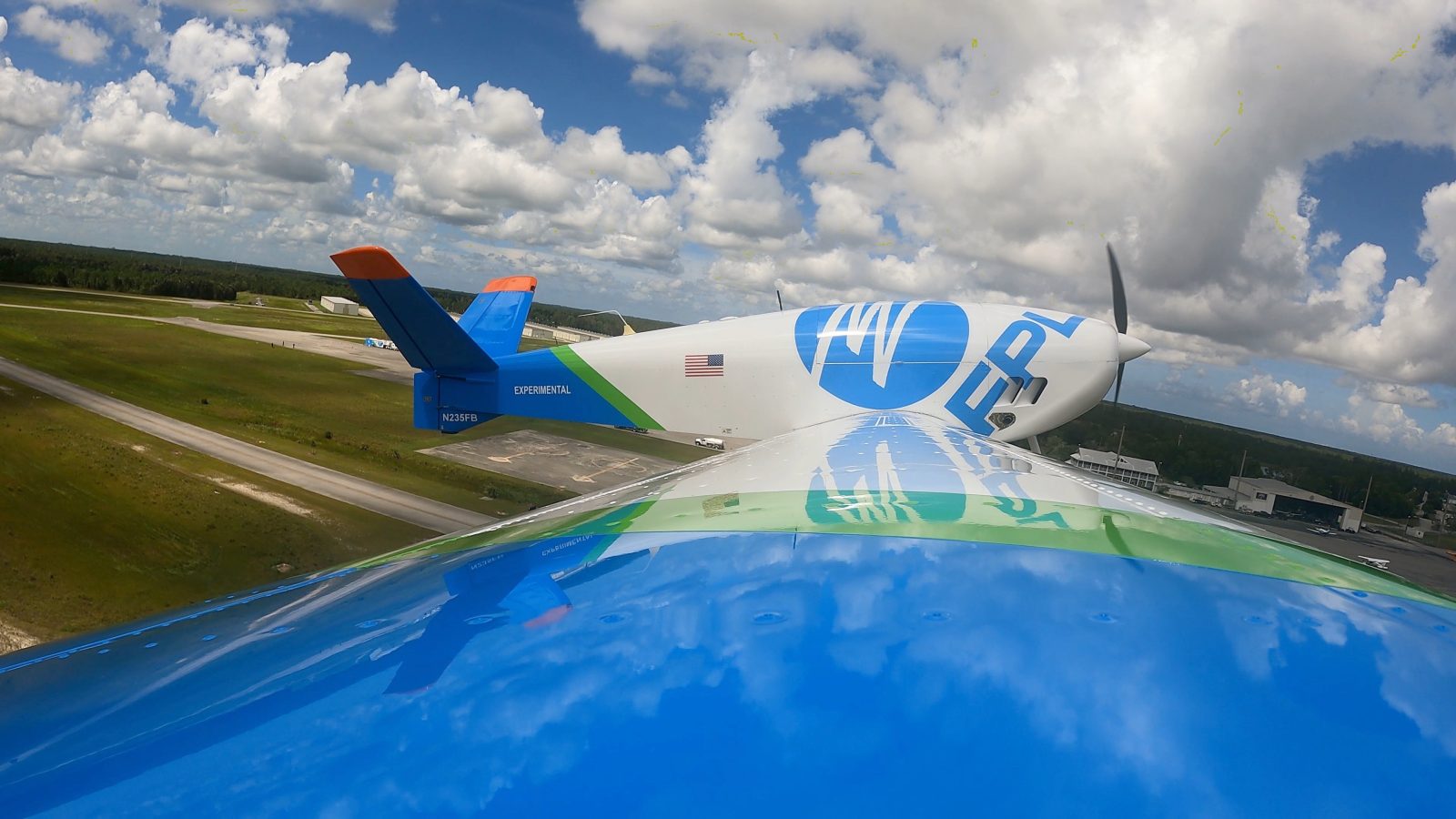
Florida Power & Light Company (FPL), an electric utility that serves more than 12 million people in Florida, says its $1.2 million FPLAir One drone is ready for primetime. The launch of the FPLAir One, the utility adds, is a milestone in itself because no other uncrewed aircraft of its size has ever been used before for commercial purposes outside of an FAA test site.
With its wingspan slightly longer than that of a Cessna, FPLAir One is capable of flying from South Florida to North Florida to the panhandle and back, on a single flight. During its 20 hours of flight time, the drone can capture thousands of high-quality images and videos of electric infrastructure, helping the FPL crews to identify potential issues before an outage occurs.
The drone can also quickly provide ground crews with critical information to get the lights back on following severe weather events. This is because FPLAir One can withstand tropical storm force winds, and can gather real-time information to identify the causes of outages even before lineworkers are able to safely begin restoring power. Essentially, the drone will allow FPL to get the right crews and the right equipment to the right place, speeding up restoration efforts considerably.
Read: DJI reseller lists Avata drone accessories on web before launch
FPL chairman and CEO Eric Silagy says:
FPLAir One is a gamechanger for our customers and a prime example of how our employees are not afraid to lead and challenge the status quo. Being able to quickly put eyes on infrastructure in our service area – which extends across more than half the state – is a huge benefit to our customers and will help us continue to push the envelope as we work to improve the resiliency of our system.
FPL expects the drone to also improve service reliability in day-to-day operations. The LiDAR sensors on the FPLAir One, for example, can help to create a digital twin of the FPL infrastructure, accurate to the centimeter. Thermal sensors can detect changes in heat on the equipment, giving crews a chance to take action to prevent an outage. The drone can also identify the health and species of vegetation, which is one of the leading causes of outages, and help crews keep it away from the equipment.
FPLAir One is the latest part of the company’s ever-growing drone fleet. FPL has also tied up with drone-in-a-box solutions provider Percepto to deploy hundreds of autonomous drones across the state to monitor substations and power distribution grids.
FPL first began using drones operationally in 2016. It conducted 120,000 drone flights last year alone.
Read: Zipline faces patent lawsuit over drone detection and avoidance technology
FTC: We use income earning auto affiliate links. More.



Comments